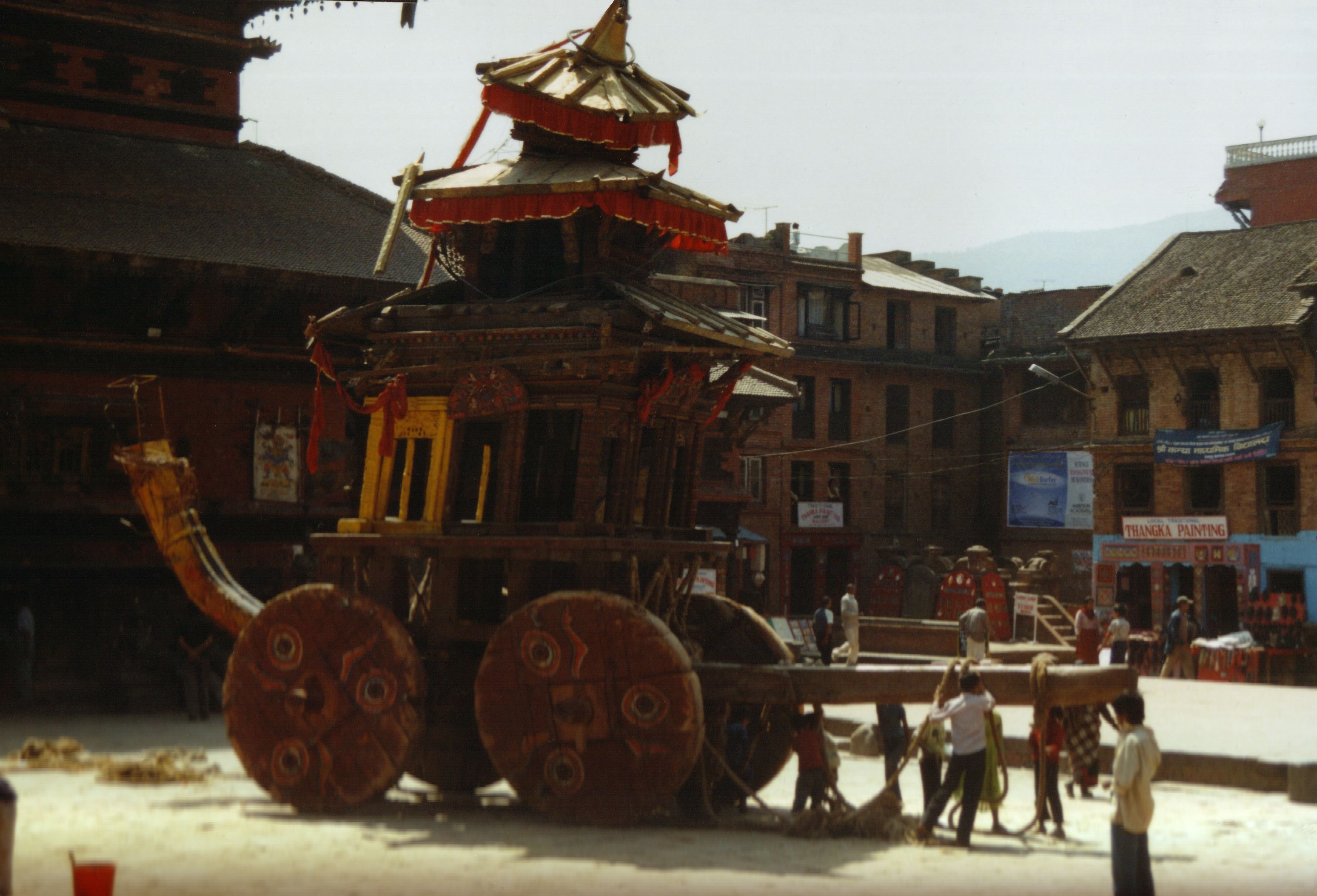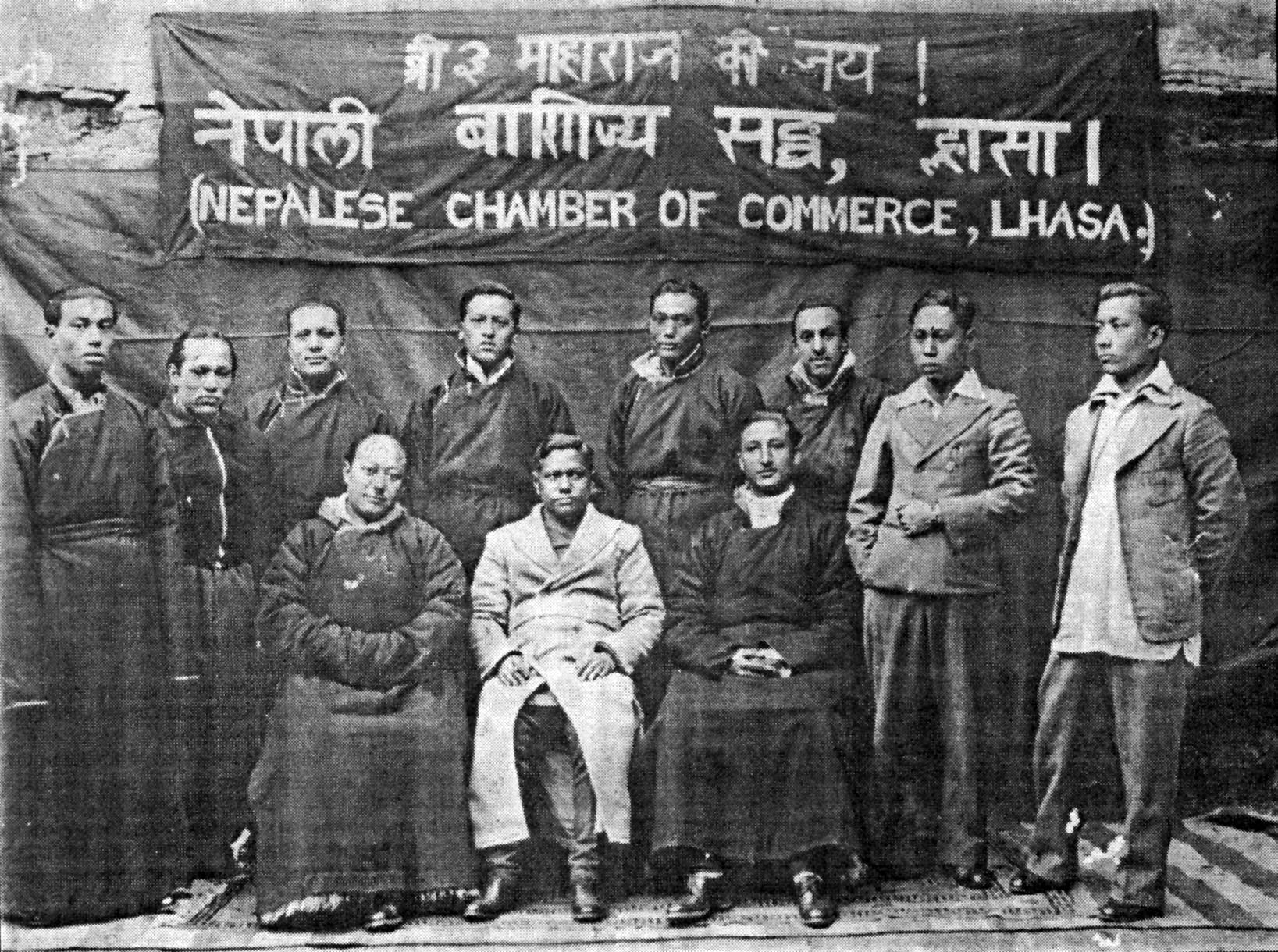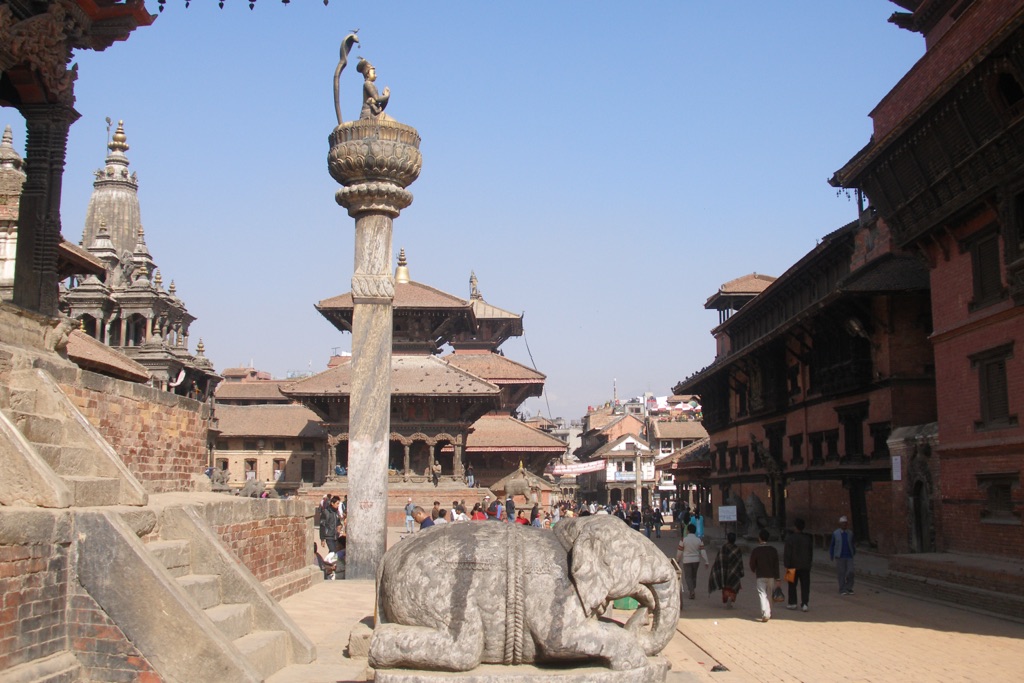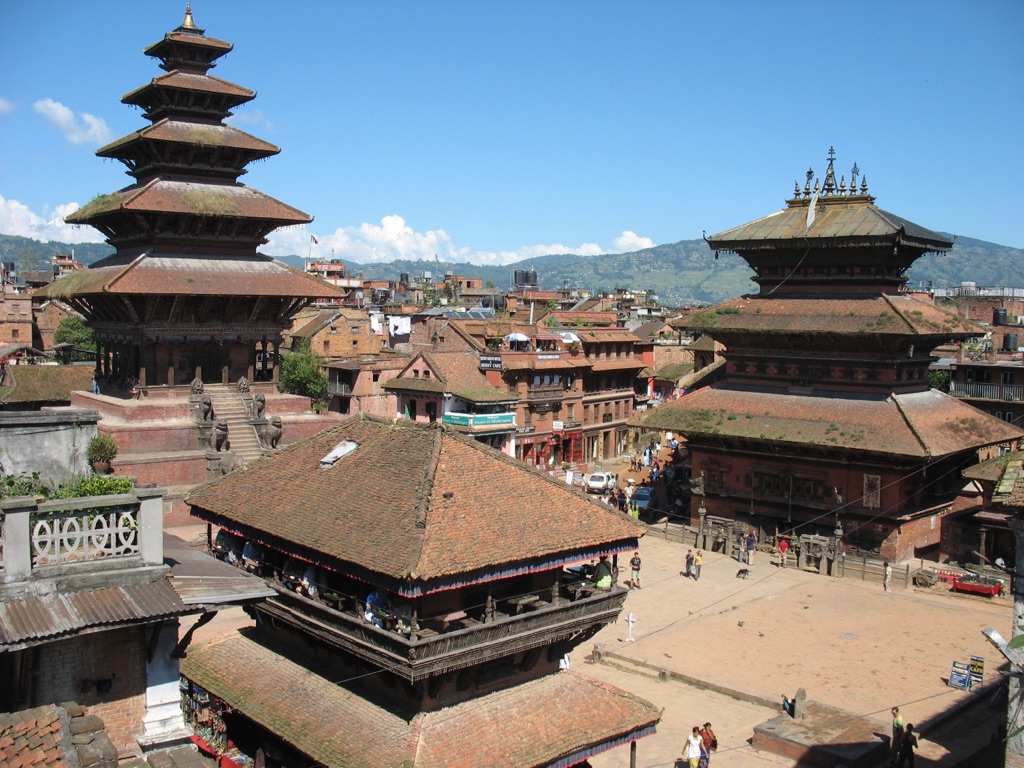Bhaktapur Taumadhi Square, nestled in the heart of Bhaktapur, Nepal, is a living museum of Newari culture. This ancient plaza brims with historical significance and architectural marvels. It is part of the Bhaktapur Durbar Square, a UNESCO World Heritage Site. The square is renowned for its towering temples that stand as a testament to the city’s religious devotion and artistic heritage. Among these is the majestic Nyatapola Temple, which dominates the skyline. The square is not just a tourist attraction but a place where daily life, cultural festivities, and religious rituals intertwine, preserving the essence of medieval Nepal.
Newar People

The Newar people are the indigenous inhabitants of the Kathmandu Valley and its surrounding areas in Nepal, known for their rich cultural heritage and contributions to art, architecture, and literature. Their history in the region dates back to at least the 5th century CE, although archaeological evidence suggests that their presence in the area might be much older. The Newars have played a pivotal role in the development of the cultural and historical landscape of Nepal, particularly in the Kathmandu Valley, which has been recognized as a UNESCO World Heritage Site due to its profound historical and architectural significance.
The Newar community is renowned for its complex social system and a wide array of festivals and rituals that are an integral part of their cultural identity. These traditions reflect the syncretism of Hinduism and Buddhism, which is a distinctive feature of Newar religious practice. This syncretism is evident in the architectural and artistic expressions found throughout the Kathmandu Valley, where Hindu temples and Buddhist stupas stand in close proximity, often sharing architectural features and worship practices. The Newars are also known for their contributions to Nepalese Buddhism, particularly the Vajrayana tradition, and for maintaining unique Buddhist practices and texts.
One of the most notable aspects of Newar culture is its architectural achievements, including the construction of exquisite palaces, temples, and stupas that date back to the Licchavi period (400-750 CE) and the Malla dynasty (12th-18th centuries CE). The intricate wood carvings, metalwork, and stone sculptures that adorn these structures are emblematic of Newar craftsmanship, which has been passed down through generations. The three Durbar Squares of Kathmandu, Patan, and Bhaktapur, with their palaces and temples, exemplify the zenith of Newar architecture and urban planning.
In addition to architecture, the Newars have made significant contributions to the arts, particularly in painting, sculpture, and music. The Paubha scroll paintings, which depict Buddhist and Hindu deities and legends, are a unique form of Newar art that has been recognized for its detailed execution and vibrant colors. Newar music, characterized by traditional instruments such as the dhimay, bhusyah, and madal, plays a vital role in the community’s festivals and religious ceremonies, further enriching the cultural tapestry of the Newar people.

The Newar language, Nepal Bhasa, is another crucial aspect of their cultural identity. It is a Sino-Tibetan language that has a rich literary tradition, with historical texts, dramas, and poetry contributing to the cultural preservation and continuation of Newar heritage. Despite facing challenges from dominant languages in the region, efforts have been made to revitalize Nepal Bhasa through educational programs and literary activities, highlighting the community’s resilience in maintaining its linguistic heritage.
Today, the Newar community continues to be a vital part of Nepal’s social fabric, actively preserving and promoting their rich cultural heritage amidst the challenges of modernization and globalization. The resilience of the Newar people in maintaining their traditions, while also adapting to contemporary influences, underscores the dynamic nature of their culture and its significance to the broader understanding of Nepal’s history and cultural diversity.

Patan Durbar Square
Patan Durbar Square, nestled in the heart of Lalitpur, Nepal, is a marvel of Newar architecture. This UNESCO World Heritage Site is a testament to the city’s historical grandeur and cultural richness. The square is a cluster of ancient palaces, temples, and shrines, with their intricate woodwork and exquisite stone carvings. It has been the epicenter of religious and social life for centuries. The square’s history is deeply intertwined with the Malla kings who ruled over the Kathmandu Valley and left behind a legacy of art and architecture that continues to awe visitors to this day.

